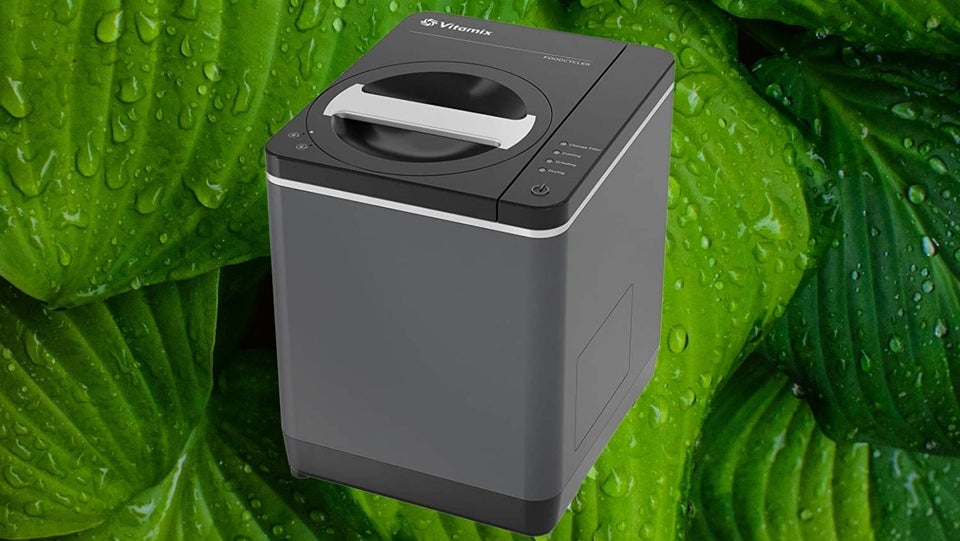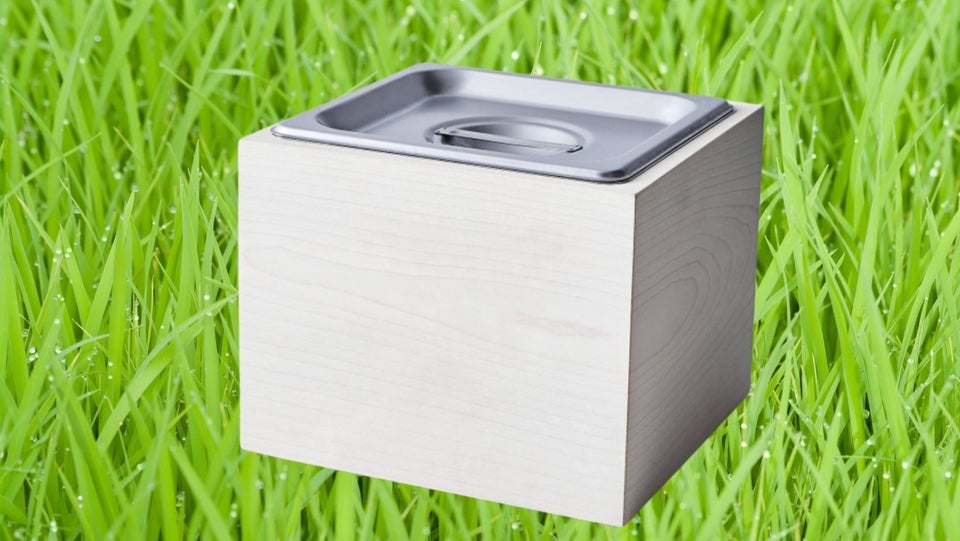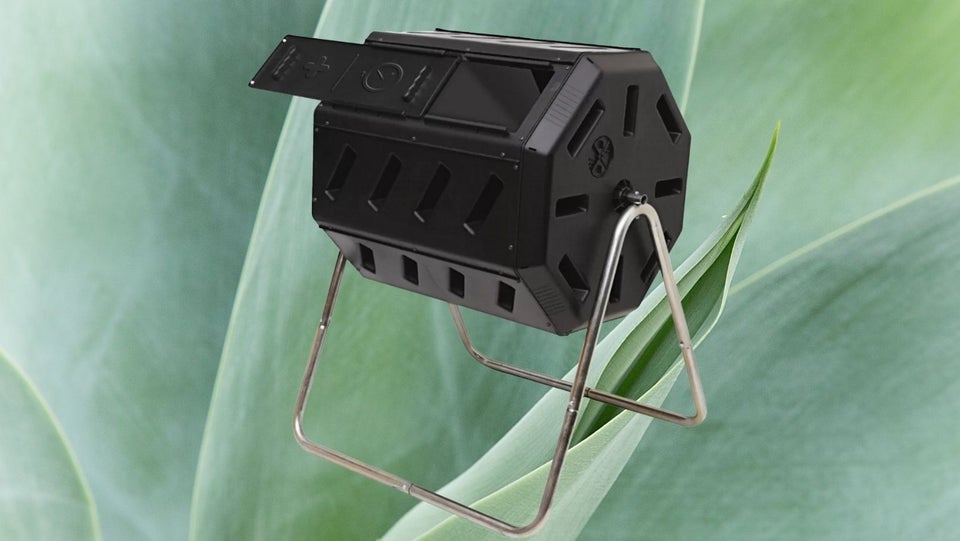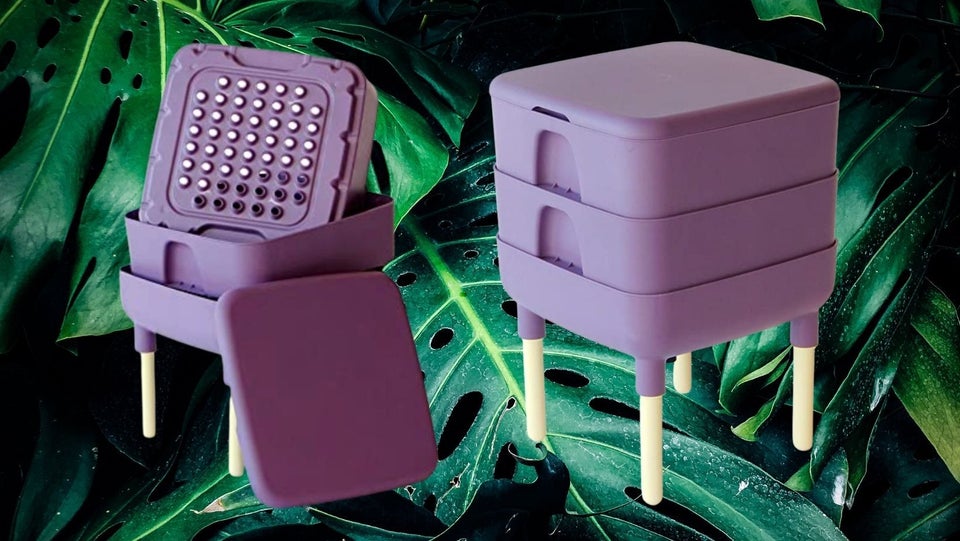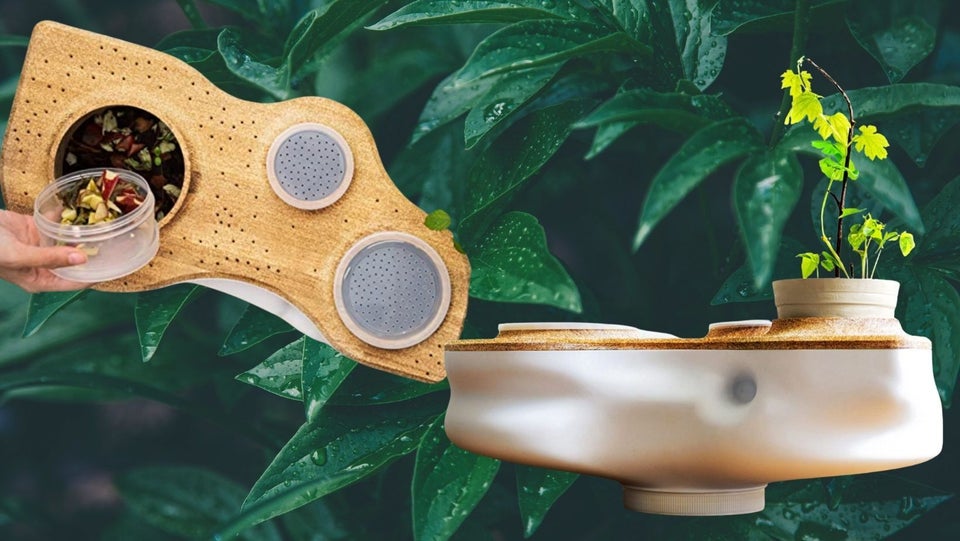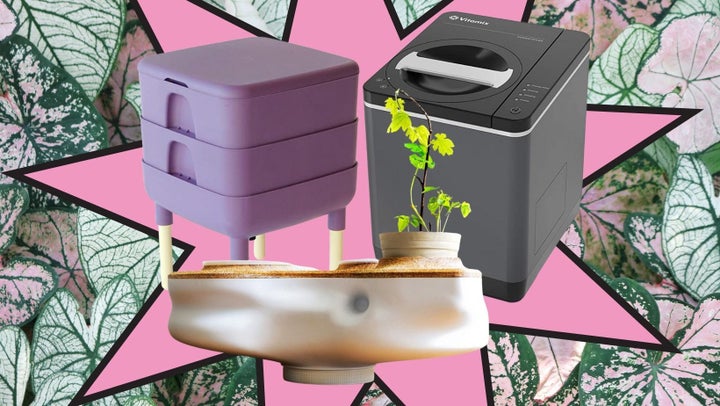
Starting this year, homes and business across the state of California will need to rethink the concept of food waste and the impact excess scraps have on the environment. In an effort to reduce the amount of materials going into landfills, a new California policy, which will take full effect by 2024, will require residents to collect their food scraps together along with their yard trimmings and place them into curbside collection bins used for composting.
Robert Reed works with Recology, the San Francisco based waste management company responsible for heading California’s composting efforts. He told HuffPost the policy is an important step in sustainability and preservation because composting is equally and possible more beneficial than traditional recycling in our efforts to help protect the environment.
″[It] saves landfill space and reduces greenhouse gases,” he added.
In fact, “landfills are responsible for 12% of the global methane emissions, a greenhouse gas that is 34% more potent than CO2,” according to Seema Prabhu, program director of Trash Hero, an organization aimed at achieving a zero-waste future,
Reed also noted composting has a direct effect in preserving precious top soils needed for water conservation, growing vegetation, protecting vital bee populations and even reducing wild fire risk.
It’s not just California taking note of the benefits of composting. According to Reed, states like Vermont have already implemented similar measures along with over 150 cities and dozens of universities.
You don’t have to give away your food scraps in municipals bins, however. With the help of at-home composting systems, you can give new life to all organic matter, from discarded banana peels to used coffee grounds, eggshells and apple cores.
Using either electrical, outdoor or vermicomposting methods, you can break down food scraps into usable matter in the form of liquid (compost tea or bokashi, a Japanese term for fermented organic matter) and dry substances in order to create nutrient-rich fertilizer ideal for personal plants or community green spaces.
Electrical indoor composters use heat and grinding elements to rapidly break down scraps, while vermicomposting utilizes worms to decompose vegetation, creating a byproduct called worm castings that makes a healthy soil additive filled with diverse microorganisms. Outdoor methods usually involve a vessel that traps heat to break down food scraps without the need for worms, however, both vermicomposting and outdoor non-electric composting can take up to six months to create a fertilizer.
Even if you’re a city dweller with little access to green spaces, Prabhu said, at-home composting systems can still be a viable and easy option.
“If you have a balcony, you can also grow your own veggies or herbs in a mix of compost, diluted bokashi and soil, which is not only satisfying but a great way to reduce the distance between your food and your table,” Prabhu said.
The impact of composting goes much further when it comes to eliminating global waste as a whole.
“We often see that once people start separating their trash, they become more aware of their consumption habits. It becomes obvious to them how much they are throwing away, both food and other items like packaging, and they naturally begin to develop habits to reduce this amount ― the ultimate goal,” Prabhu said.
Whether you want start collecting your food scraps or create nutritious soil for your community garden, there are accessible means of composting that work for every budget and location. Read the list below to see a few main at-home composting systems as well what you will need to do in order to maintain them.
How to use: Just fill the receptacle with food waste and press the button to begin the composting cycle, which usually takes about three to four hours. This composter does require filter replacements approximately every three months ($25 for a pack of two).
Effort level and cost: Low effort. Moderately higher cost compared to other options.
How to use: Just store scraps until full, then transfer to a living or electric composter or a community compost bin. Wipe clean after each use.
Effort level and cost: Low effort and very low cost; however, effort will be required to transport scraps.
How to use: Load in food scraps, close the sliding doors and give it a tumble every couple of days until food turns into a dark and earthy-smelling mixture.
Effort level and cost: Low effort and low cost.
How to use: This version requires vermicomposters to break down food scraps, and you can get those on Amazon, too, for $24.95. You will also need to layer worm bedding ($10.49 at Amazon) prior to adding the worms. Then you sprinkle them with water and gradually add food scraps until the contents have turned to mealy, soil-like fertilizer. You can also collect compost tea using the convenient spout at the base.
Level of effort and cost: Moderate to high effort and moderately low cost; however once worms and bedding have been established, you only have to regularly spray with water, then empty the filled compost trays when needed to restart the process.
How to use: This version requires vermicomposters to break down the food scraps, which you can also get on Amazon for $24.95. You will also need to layer worm bedding ($10.49) prior to adding the worms. Spray with water regularly and gradually add food scraps until the contents have turned to mealy, soil-like fertilizer. You will need to monitor the progress of the soil using the provided soil probe in order to ensure the correct pH, light and moisture levels.
Level of effort and cost: Moderate to high effort and moderately low cost; however, once worms and bedding have been established, you only have to regularly spray with water, monitor the soil then empty the filled compost tray when necessary in order to restart the process.
